Driving into the Future: Digital transformation in the automotive industry
Digitalization is revolutionizing industries across the globe, fundamentally reshaping their structure, operations, and competitive landscapes. This transformation is evident in various aspects. Digital tools and technologies streamline processes, automate routine tasks, and optimize resource allocation, leading to increased productivity and reduced operational costs. Businesses can better understand customer needs and preferences through data analytics and AI-driven insights, thereby offering personalized products, services and improving customer satisfaction.
Digitalization facilitates sustainability and reduces environmental impact by enabling efficient resource utilization and waste reduction. Embracing digitalization is crucial for organizations to thrive in today's rapidly growing business environment, as it unlocks opportunities for development, invention, and competitive edge.
Driving Insights: Key Figures Fueling the Automotive World
- Did you know that 18% of the country’s total excise revenue comes from the auto industry? That’s a significant chunk fueling the nation’s boxes.
- Imagine this: for every Rs 100 spent on a small car, a whopping Rs 56 heads straight to the government in the form of various taxes. It's like your car purchase is a direct contribution to national development.
- Globally, the automotive industry is no small player, valued at a whopping USD 3,564.67 Billion in 2023. And guess what? It's accelerating at a remarkable rate of 6.77% annually.
- Hold on tight because the global automotive industry is on a trajectory to reach a staggering USD 6,861.45 Billion by 2033. That's a ride to economic wealth you would not want to miss.
- It's estimated that electric vehicles will make up around 26% of new car sales worldwide by 2030.
- Approximately 58 million new self-driving cars are expected to enter the global fleet in 2030.
Gearing up for tomorrow: The digital makeover of the automotive manufacturing industry
Digital transformation in the automotive industry involves using digital tools and technology to streamline operations and meet customer demands. This transformation is drastically changing the automotive industry, improving how things work and sparking innovation on a large scale. Automotive companies are using digital tools to transform how they manufacture, market, and sell cars. They're combining digital and physical aspects to improve customer experiences. Car dealerships are using software to increase sales and satisfy customers.
Major companies in the automotive industry are embracing digital transformation to stay competitive. Manufacturers are employing connected systems and data analysis to operate more efficiently. With connected car technologies, transportation is becoming safer and more efficient. Additionally, companies are adopting sustainable practices to lessen environmental impact.
Digital tools are making cars more promising, sales smoother, and companies run smarter in the automotive world. It's all about keeping up with the times and giving customers the best experience possible. Ultimately, digital transformation fosters a culture of continuous innovation, enabling automotive companies to stay competitive and shape the future of mobility.
Turbocharging innovation: How digital transformation is changing the automotive industry
-
Operational Efficiency Enhancement:
Digital tools like robotic arms and automated assembly lines in automotive manufacturing plants streamline production processes, reducing the time and effort required to assemble vehicles. For example, robots equipped with precision sensors can precisely weld car parts together, ensuring consistent quality while increasing production speed.
-
Lower Labor Costs:
Automotive manufacturers are implementing robotic automation for tasks such as painting, and assembly, reducing the need for manual labor. For instance, instead of manually assembling car components, robotic arms can efficiently perform repetitive tasks, saving on labor costs and improving production efficiency.
-
Innovative Design Approaches:
Virtual reality (VR) and augmented reality (AR) technologies are revolutionizing automotive design and prototyping. Designers can use VR headsets to visualize and modify vehicle designs in a virtual environment, allowing for faster repetition and experimentation with new concepts before physical prototypes are created.
-
Proactive Maintenance:
Many modern vehicles are equipped with onboard diagnostic systems that continuously monitor the health of various components. For example, sensors embedded in a car's engine can detect abnormalities in performance or potential failures before they occur, alerting drivers or service centers to address issues preemptively.
-
Quality Assurance Advancements
Digital Transformation in Automotive manufacturing industry utilize advanced robotics and machine vision systems to inspect vehicles during the production process. For instance, high-resolution cameras can identify defects in car body panels, ensuring that only flawless components are used in the final assembly. This results in higher overall product quality and customer satisfaction.
-
Online Presence:
Creating an online presence for automotive solutions expands the reach of retailers. In today's digital age, most customers search for products online. Using the right tools and digital strategies to connect with a wide online audience will attract more attention to your product and lead to business growth. It's worth noting that 70% of car owners now start their vehicle shopping online instead of at dealerships. An example in the automotive industry is Tesla's approach to online sales. Tesla has established a strong online presence, allowing customers to browse and purchase vehicles directly from their website. By leveraging digital tools and strategies, Tesla has expanded its reach to a wide online audience, attracting attention to its products and contributing to its business growth.
-
Improved Customer Experience:
Many automotive companies are integrating built-in connectivity and infotainment systems into their vehicles, enhancing the overall in-car experience for users. Nearly nine out of ten owners of connected cars are satisfied with features such as voice-activated control, vehicle internet connectivity, mobile apps for cars, and in-vehicle virtual personal assistants. Many automotive manufacturers, such as BMW, integrate advanced connectivity and infotainment systems into their vehicles. For instance, BMW's iDrive system offers features like voice-activated control, internet connectivity, and mobile apps for cars, enhancing the overall in-car experience for users and ensuring high customer satisfaction.
-
Product Quality Elevation:
Innovative automated production systems enable manufacturers to detect quality issues during manufacturing more easily through simplified real-time data collection. These systems also help prevent recalls and significant financial losses. Ford utilizes innovative automated production systems in its manufacturing plants. These systems employ real-time data collection to detect quality issues during the production process. By promptly identifying and addressing any deviations, Ford ensures higher product quality, reducing the likelihood of failures and associated financial losses.
-
Automated Routine Assignments:
As businesses transform, manufacturers can integrate real-time data monitoring and analysis to optimize resource utilization and increase productivity. Automotive digital transformation helps employees prevent machinery failures and reduce health risks associated with production. Toyota implements real-time data monitoring and analysis in its production facilities. Through automation and digital transformation, Toyota optimizes resource utilization and increases productivity. For example, Toyota's use of robotics in assembly lines minimizes manual labor, enhances efficiency, and reduces the risk of errors in routine tasks.
-
Supply Chain Optimization:
Implementing technologies for analyzing large datasets allows manufacturers to identify patterns and trends. Predictive analytics helps anticipate demand fluctuations, optimize inventory levels, and improve production planning, reducing the risk of overstocking or stockouts. Additionally, monitoring supplier quality with AI can optimize supply chains. For example, companies like Audi, Porsche, and Volkswagen use AI solutions to track news articles in multiple languages to identify if suppliers violate sustainability regulations, aiding in selecting the best partners. Volkswagen implements predictive analytics to optimize its supply chain. By analyzing large datasets, Volkswagen identifies demand patterns and trends, enabling efficient inventory management and production planning. Additionally, Volkswagen utilizes AI solutions to monitor supplier quality, ensuring compliance with sustainability regulations and selecting the best partners for its supply chain needs.
Here's a rundown: Primary obstacles automotive manufacturers face
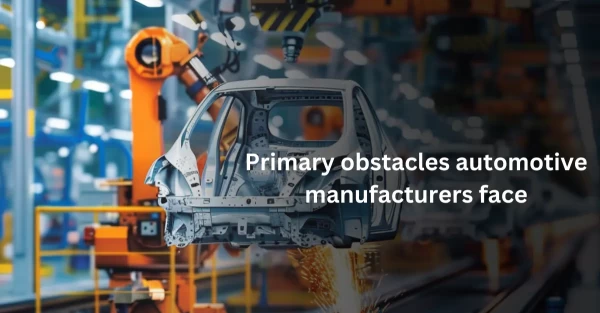
-
Lack of Software Development Expertise:
Many automotive companies struggle with educating their workforce to adapt to new digital tools and technologies. This hampers the development of innovative solutions necessary for enhancing vehicle performance.
-
Compliance with Industry Standards:
Meeting industry standards like ISO 26262 for functional safety and ASPICE for process improvement poses a significant challenge. Ensuring compliance is essential for market readiness and competitiveness but requires substantial effort and expertise.
-
Capital Allocation:
Implementing digital transformation requires substantial financial investment. Uncertainty about the return on investment (ROI) for new technologies introduces financial risk, making it challenging for investors to commit funds.
-
Data Privacy:
With increased data collection for vehicle and driver analytics, ensuring data privacy and security becomes crucial. Automotive companies must find ways to safeguard end-user data while leveraging it for product innovation and improvement.
-
Shift to Sustainability:
Environmental sustainability concerns are reshaping the automotive industry. Manufacturers must adhere to worldwide regulations for eco-friendly vehicle production, requiring them to integrate digitization and automation across their operations.
4 digital transformation: Trends shaping the automotive industry:
-
Manufacturing Robotics Revolution
Automotive manufacturers have a rich history of using robotics in assembly lines to improve efficiency. Now, this approach has become a trend. For instance, BMW Group implemented a system utilizing NVIDIA technologies. Their solution employs logistics robots running on NVIDIA's open Isaac robotics software platform to handle material transportation and work with vehicle components.
-
Immersive Virtual Car Experiences,
In retailing automotive trends, immersive virtual experiences are gaining traction on manufacturers' websites. These virtual car tours allow users to explore every detail of a vehicle from the comfort of their homes. This represents a significant shift in consumer experience, offering a comprehensive exploration of cars due to the industry's transformation.
-
Advanced Sensor Integration,
There's a growing demand for sensors in the automotive industry, particularly for those related to Advanced Driver Assistance Systems (ADAS) and autonomous driving. Market demand for automotive sensors is expected to increase by 8 percent by 2030, according to a McKinsey report.
-
Next-Gen Connectivity Features
Automotive manufacturers are introducing new vehicles equipped with connectivity features to meet customers' evolving expectations. Customers are seeking a transformative shift in their automotive experiences. Manufacturers are connecting vehicles to various applications and social media platforms, offering customization options for navigation, providing digital support for drivers, and enabling seamless parking fee payment directly from the car’s dashboard.
To conclude
The automotive industry is undergoing a profound transformation due to digitalization, which is revolutionizing operations, innovation, and customer interaction. From cutting-edge analytics to robotics and immersive virtual experiences, digital transformation is driving comprehensive changes throughout the automotive sector. Global Lancer offers indispensable assistance in navigating this evolution by providing specialized expertise in digital transformation solutions tailored specifically for the automotive industry. Whether it's streamlining production processes or elevating customer engagement through targeted marketing strategies, Global Lancer empowers businesses with the necessary tools to excel in a digitally-driven automotive environment. Partnering with Global Lancer ensures that companies remain competitive, leading the pack, and primed to shape the future of automotive.
Recent Posts

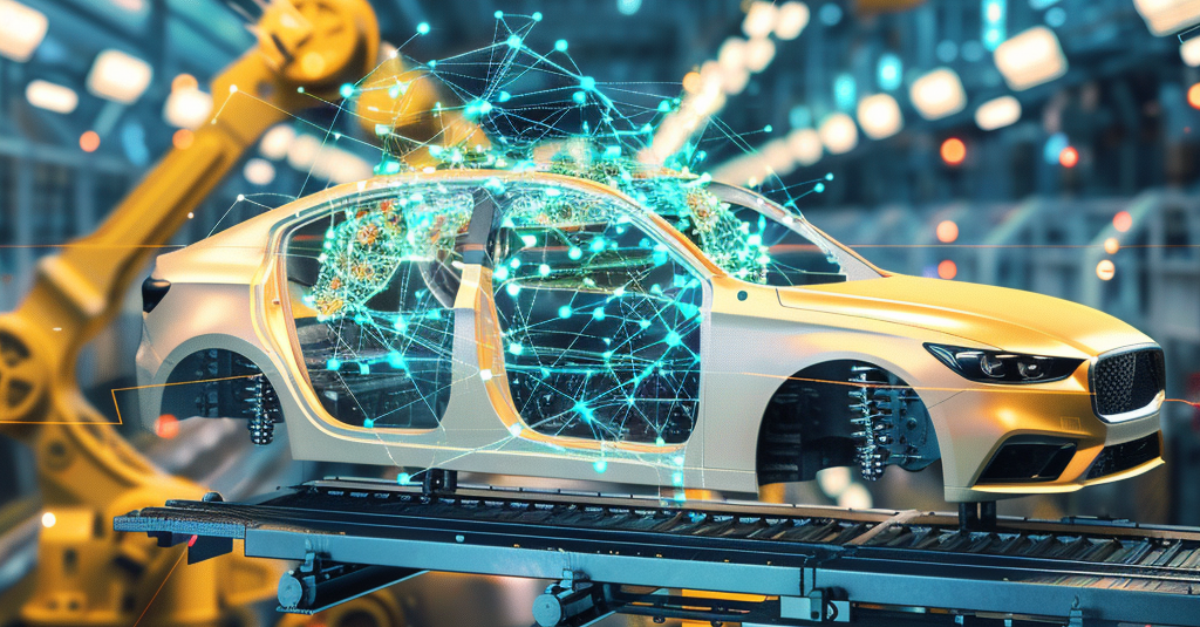


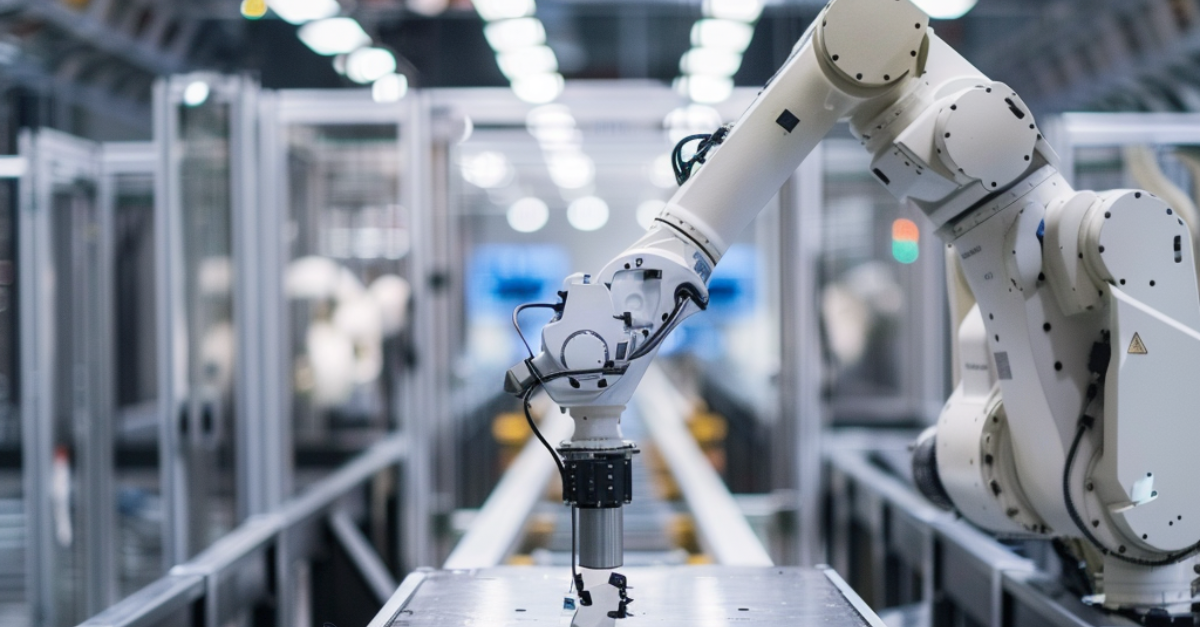
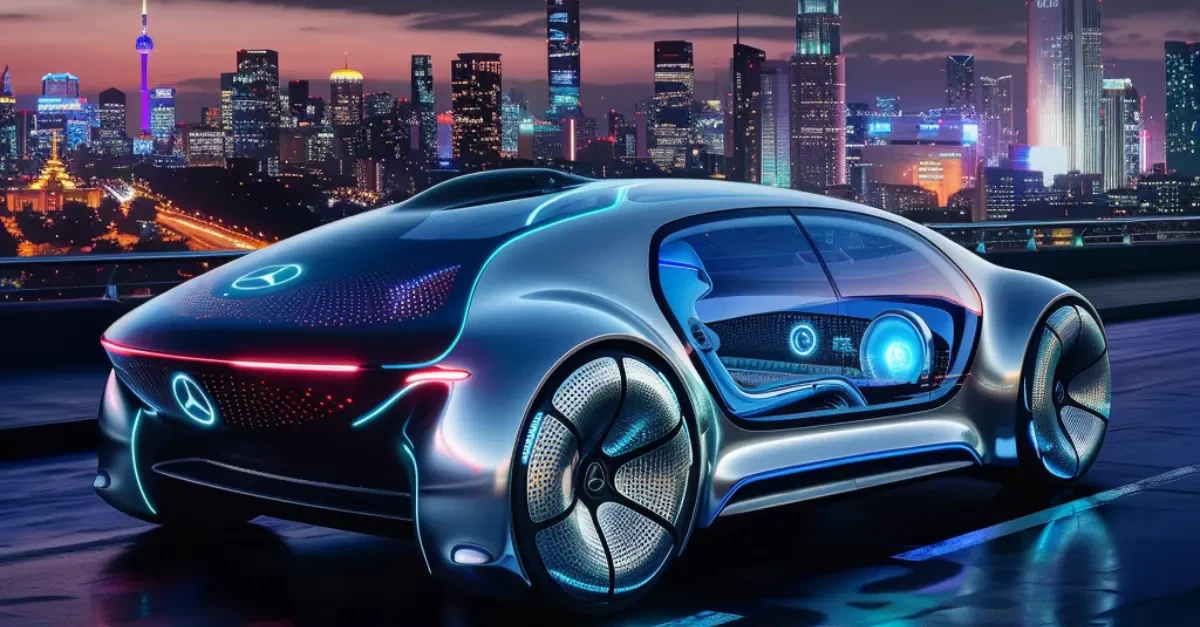
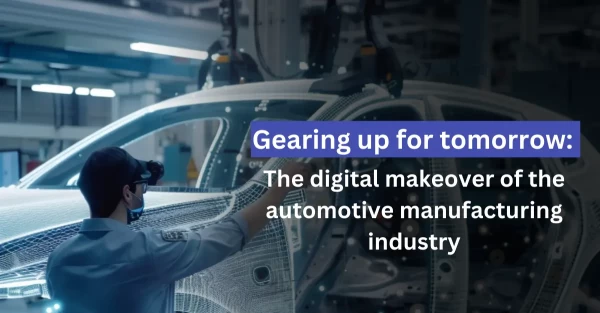




Add Comment
0 Comments